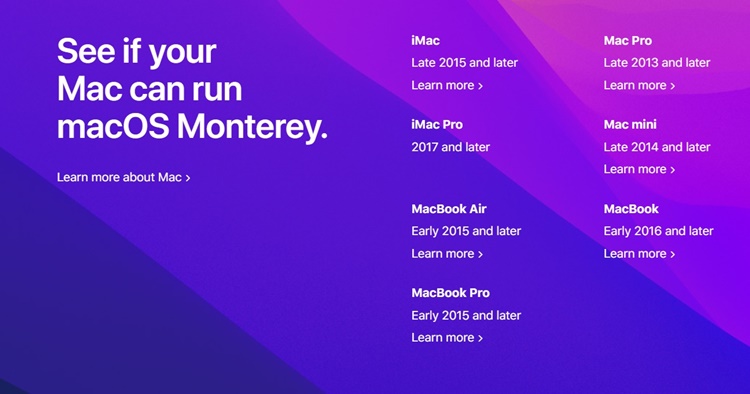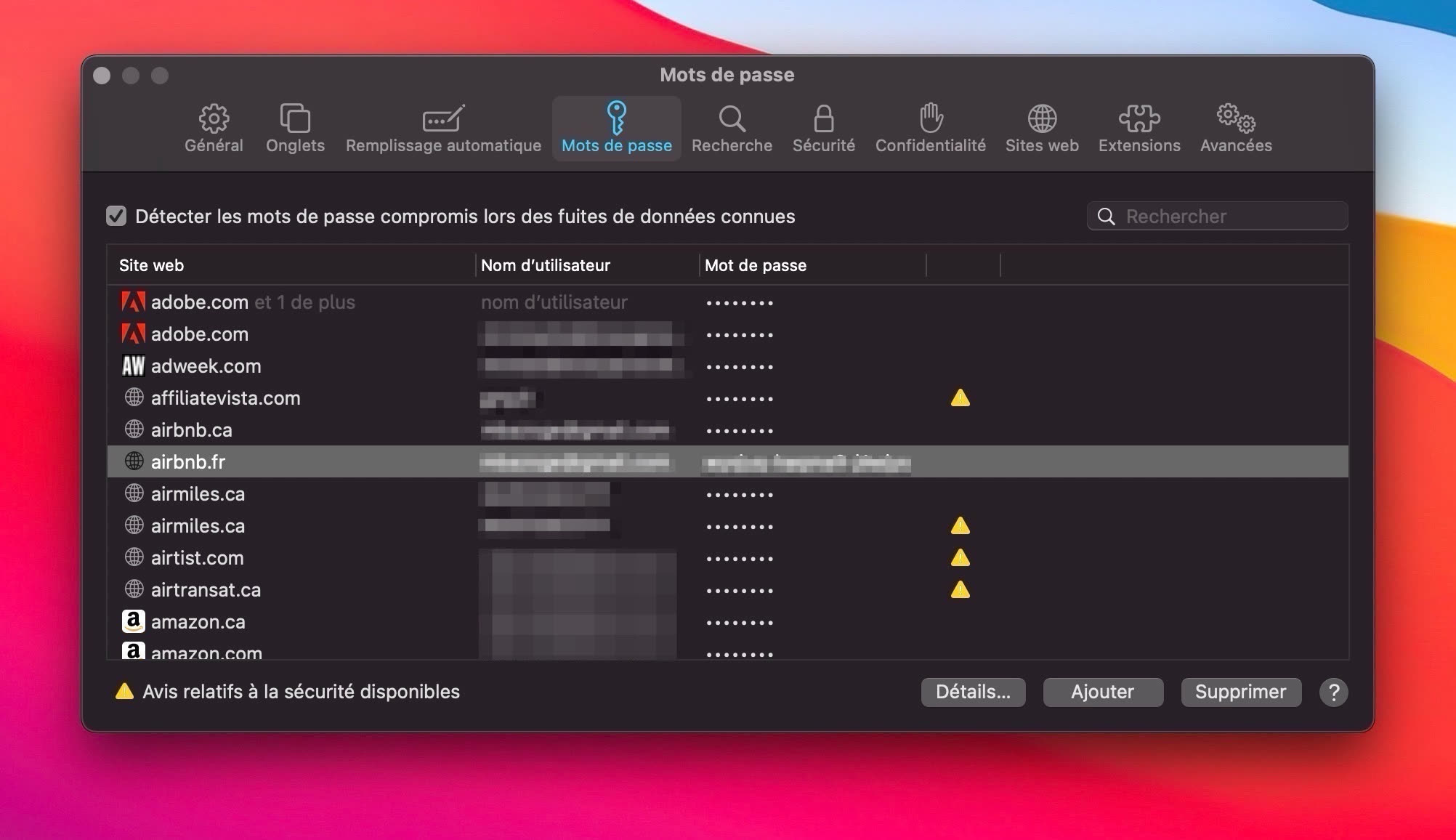



If you’re using a MacBook as your server, then for the best possible results it should be capable of supporting external hard drives, as once you start using a MacBook as a file server you’ll find that you burn through its internal memory much faster than you anticipated.
#Macos server monterey mac#
In order to complete this tutorial you’ll need a Mac or MacBook running macOS 10.5 or higher, as Leopard saw the introduction of some important file sharing features. Chances are that even an old, second-hand Mac purchased at a reasonable price is going to be more expensive than a NAS with similar specifications. The major downside to using a Mac as a file server, is that there’s really no such thing as a cheap Mac, so if you don’t have an old Mac lying around then it usually won’t make financial sense to purchase a Mac simply to use as a file server. In fact, most of the time your Apple devices should be able to detect your Mac-server automatically, at which point you’ll be able to connect to it with a single mouse click. This familiarity can make the process of configuring and using your file server much more straightforward, and if you do encounter issues with your server then you’ll be able to use your existing Mac knowledge to help you diagnose and fix the problem.įinally, Apple products are designed to play nicely with one another, so you’ll be able to connect your Mac, MacBook, Apple TV, iOS device, and other Apple products to your server, with very little configuration. The most obvious benefit is cost – why bother shelling out on a dedicated file server, when you already have an old Mac that can fulfil the same purpose? Your MacBook may not necessarily boast the same amount of storage as a device that was designed to function as a file server, but if you start struggling for space then you can always increase your Mac’s storage by connecting an external hard drive.Īnother major benefit to using an old Mac, is that you’ll already be familiar with its hardware and software. However, there are a number of benefits to using your old Mac as a file server. Most modern operating systems can function as file servers, and you can also purchase a device that’s designed to act as a file server, such as a NAS (Network Attached Storage) hard drive based system. Macs are far from the only devices you can use as a server. Why should I use my Mac as a file server?
#Macos server monterey how to#
In this article I’m going to show you how to transform your old Mac into a file server that you can connect to from any other device on your local network. Streaming large media files that are stored locally tends to be much faster than trying to stream the same content directly from the Internet – so you can finally enjoy your favourite HD movies without them constantly stopping to buffer! Plus, if your streaming experiences aren’t as fast as you’d like, then a file server is ideal for sharing large media files, such as HD movies, videos and music with other Macs on your network. This can give you access to lots of additional storage, as well as a place to backup your Mac’s most important content. With just a bit of setup, you’ll be able to access your Mac’s contents and storage wirelessly from any other computer on the same network, in exactly the same way you’d access a regular folder or hard drive.
/article-new/2021/06/passwords-system-preferences.jpg)
Why not give your old Mac a new lease of life, by repurposing it as a file server? Maybe you’ve told yourself that you’re going to get around to selling or donating it one day (perhaps as soon as you’ve found the time to wipe all your personal data from it) but these aren’t the only options available to you. If you’ve been a Mac fan for a while, then you may have an old Mac lying around somewhere, gathering dust.


 0 kommentar(er)
0 kommentar(er)
